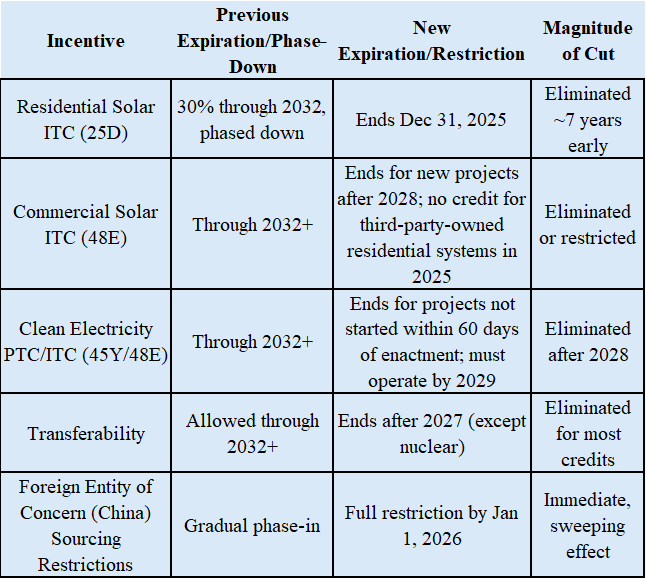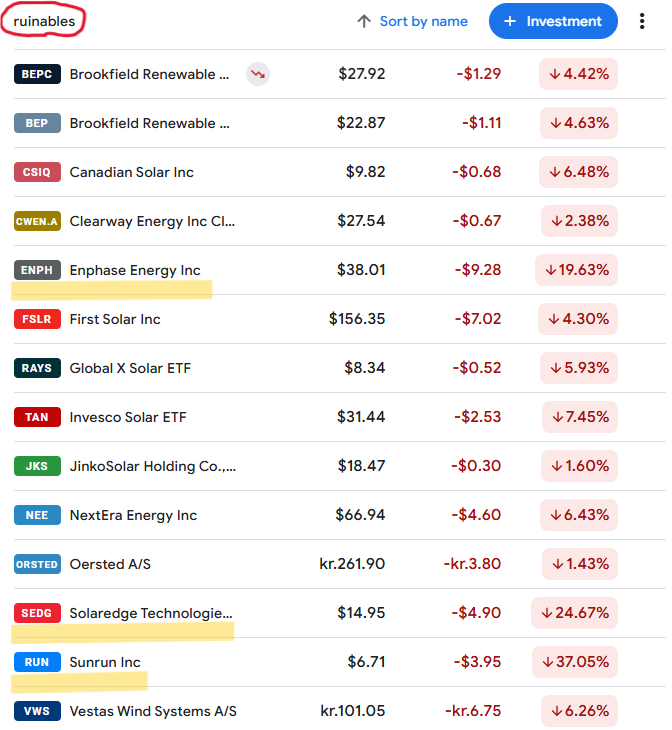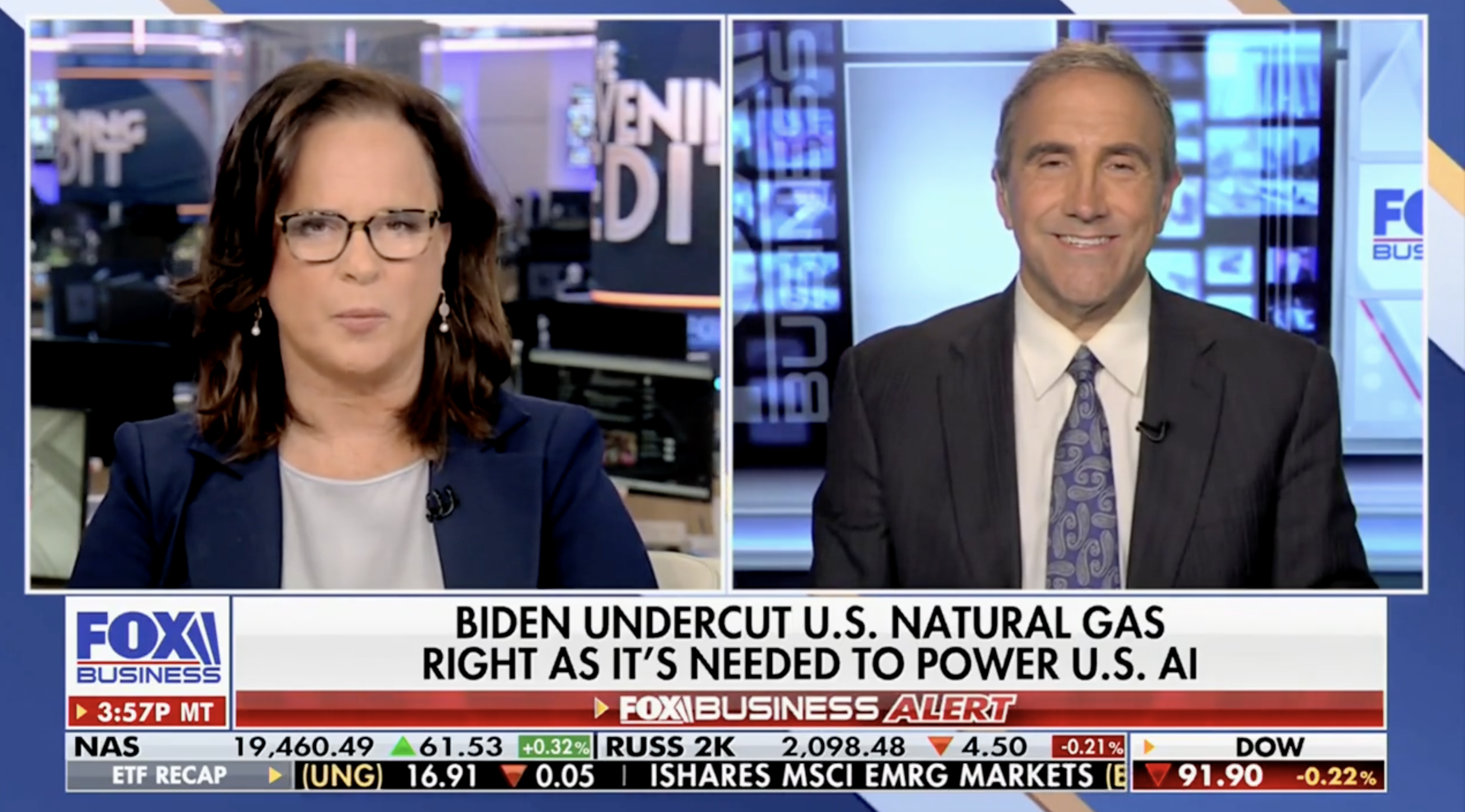Via: https://envmental.substack.com/p/the-big-beautiful-turd-in-the-renewable
“Most of the men and women who vote in Congress each year to continue subsidies have taken campaign donations from big energy companies.” – Bill McKibben
On August 7, 2022, Vice President Kamala Harris cast the Senate’s tie-breaking vote to advance the “Inflation Reduction Act” (IRA). Five days after Harris’ vote, the Democrat controlled U.S. House of Representatives voted 220-207 to approve the Senate’s amended final bill, sending the legislation to Joe Biden’s desk where he happily signed the IRA into law on August 16th, 2022.
The IRA passed by the thinnest possible margin in the Senate and in the House of Representatives. Across both chambers, all 270 Democrats (and Independents caucusing with them) voted for the legislation, and all 257 Republicans voted against it, something that would surely be remembered if and when the political pendulum swung.
As the old adage goes, “payback is hell,” and last week Democrats got theirs when the Republican controlled U.S. House of Representatives passed the “One Big Beautiful Bill Act” (1BBB) by exactly one vote (215-214) along party lines much like the IRA (even without five Republicans, including two who voted against it). Numerous sections in the bill (Energy, Environment, Taxes) effectively destroy the economic case for wind and solar. After passing the Green New Deal IRA in 2022 only by VP Harris’ tie-breaking vote, Democrats entire forced “energy transition” to wind and solar now hangs in the balance of the 1BBB and a Senate controlled by Republicans.
The bill douses the “renewable energy transition” witch with water. How bad did wind and solar energy get hammered, and what does the bill do for natural gas and nuclear energy? What would the bill’s passage mean for states with time-dated commitments to “net zero” electricity? Let’s take a closer look at how the bill ruins “renewables” and puts the brakes on overbuilding wind and solar “capacity.”
We begin our story by happily reporting that under Title IV “Energy and Commerce” the 1BBB hammers or eliminates the key federal tax incentives that have underpinned wind and solar energy for too long, primarily by targeting “clean energy” tax credits, accelerating their expiration and imposing strict new eligibility requirements. The bill’s changes to Investment Tax Credits (ITC) and Production Tax Credits (PTC) are key.
In one vote, “renewable energy” advocates magic bridge to the forced “energy transition” future was destroyed by nothing more than words on paper (ironically, in the same manner it was created). The chart below summarizes these key changes.

Here’s a bit more detail on each:
1. Clean Electricity Production Tax Credit (PTC, Section 45Y) and Investment Tax Credit (ITC, Section 48E):
Current Law: The “tech-neutral” credits were to be available through at least 2032, with a gradual phase-down afterward.
Bill Change: The bill accelerates the expiration date to 2028 for most clean electricity projects, including wind and solar. To qualify, projects must begin construction within 60 days of the bill’s enactment and must be operational before 2029.
Impact: Projects not started within this window lose eligibility, effectively halting most new wind and solar developments after 2028.
2. Residential Solar Tax Credit (Section 25D, ITC):
Current Law: Homeowners could claim a 30% tax credit on solar installations through 2032, with a phase-down to 26% in 2033, 22% in 2034, and expiration after 2034.
Bill Change: The bill eliminates the 30% residential solar tax credit at the end of 2025, nearly a decade ahead of schedule, with no phase-down period.
Impact: Homeowners installing solar after December 31, 2025 would not be eligible for the federal tax credit. Won’t stop wealthy green virtue signalers in tony neighborhoods, but will stop most everyone else.
3. Commercial Solar Tax Credit (Section 48E):
Change: The bill prohibits companies from claiming the commercial solar tax credit for third party-owned systems on residential properties, retroactive for all of 2025. Only direct purchases (not leases or PPAs) would qualify in 2025.
Impact: The change effectively crushes the business model for companies that lease solar systems to homeowners, removing a compelling reason (the tax benefit) for those installations.
4. Transferability of Tax Credits:
Change: The bill eliminates the ability to transfer (sell) most clean energy tax credits after 2027, except for certain nuclear projects.
Impact: This hammers financial models for wind and solar developers and will dramatically impact their ability to raise capital for new projects. Add higher interest rates after Covid-19(84) and the model effectively self-combusts.
5. Foreign Entity of Concern (FEOC) Restrictions:
Change: Starting January 1, 2026, clean power projects cannot use components from “foreign entities of concern” (read: Chinese manufacturers).
Impact: Because so much of the wind and solar supply chain relies on Chinese components, these restrictions will wipe out many if not most project’s eligibility for tax credits. (And U.S.-manufactured wind and solar kit won’t pencil financially for domestic projects. Tragic, really.)
While wind and solar got hammered, the 1BBB makes it clear that Republicans see natural gas and nuclear energy as key to U.S. economic competitiveness and energy affordability, reliability, and security. The “One Big Beautiful Bill” treats natural gas—and the broader oil and gas sector—as the bedrock of energy that it actually is compared to wind and solar.
The key provisions affecting natural gas include:
Repeal of Methane Emissions Fee: Repeals the methane emissions fee imposed by the Biden administration on the oil and gas sector.
Facilitation of Oil and Gas Development: Unlocks more oil and gas development on federal lands and aims to remove regulatory barriers that have limited new projects.
Preservation of Competitive Tax Policies: Maintains tax policies that benefit the oil and natural gas industry.
No New Restrictions: Or phase-outs for natural gas incentives. Instead, the bill rolls back climate-related regulations and maintains or enhances the sector’s tax advantages.
The 1BBB also favors nuclear energy. While it accelerates the expiration of most clean electricity tax credits (such as those for wind and solar) to 2028 and imposes strict new deadlines, it makes a clear exception for nuclear projects (with a deadline hitch):
Nuclear Carveout: Advanced nuclear facilities (or expansions of existing nuclear plants) remain eligible for the tech-neutral Clean Electricity PTC (Section 45Y) and ITC (Section 48E) as long as construction begins before December 31, 2028. While this gives nuclear projects an extra year compared to other technologies (which must begin construction within 60 days of the bill’s enactment to qualify), practically the end of 2028 deadline is a disappointment (one the Senate can still fix).
Transferability: The bill also preserves the ability to transfer (sell) tax credits for nuclear projects for the duration those credits are available, even as it eliminates transferability for most other clean energy credits after 2027.
The dire threat to American “renewable” energy interests was quickly reflected in wind and solar equities. The image below shows some of those stocks at the market close on the day that the House of Representatives passed the bill. The three highlighted solar stocks were the biggest losers of the group.

The screams and howls of climate Armageddon, job losses, higher electricity costs for consumers and other pablum immediately reached a fevered pitch among “renewable energy” company CEOs, industry associations, EcoStatists™, Charlaticians™, and talking heads. A few included shameless whoppers that inverted reality so badly we included them for entertainment value.
The Solar Energy Industries Association (SEIA) issued a statement claiming (emphasis ours):
“This unworkable legislation is willfully ignorant of the fact that deploying solar and storage is the only way the U.S. power grid can meet the demand of American consumers, businesses and innovation.”
SEIA President and CEO, Abigail Ross Hopper, stated that the bill would “slam the brakes on solar and storage investments” at a time when energy demand is surging, particularly due to AI and data center growth. Her comment belies the fact that solar energy is as useful to electricity-gobbling AI as cars are to fish.
Heather O’Neill, President & CEO of Advanced Energy United called the bill a “meat clever,” adding that it (emphasis ours):
“…abruptly dismantles bipartisan, long-standing tax policy that has catalyzed billions in private investment for affordable, reliable energy while sparking a rebirth of manufacturing across America. If enacted as written, this bill will weaken our power system and send shockwaves throughout the U.S. economy by raising electricity prices, killing tens of thousands of jobs and ceding energy dominance to China.”
“Clean energy” is the opposite of “affordable, reliable energy.” It did not spark “a rebirth of manufacturing across America” and has weakened our electricity grid. The only “energy dominance” the U.S. ceded were wind and solar which it helped subsidize into existence (with Europe). China used its cheap (sometimes slave) labor, coal-fired power, and pipes to rivers as their industrial wastewater treatment plants to gain a cost advantage to make solar panels and Spinning Green Crucifixes™ in a Green Cold War the west created but could never win.


